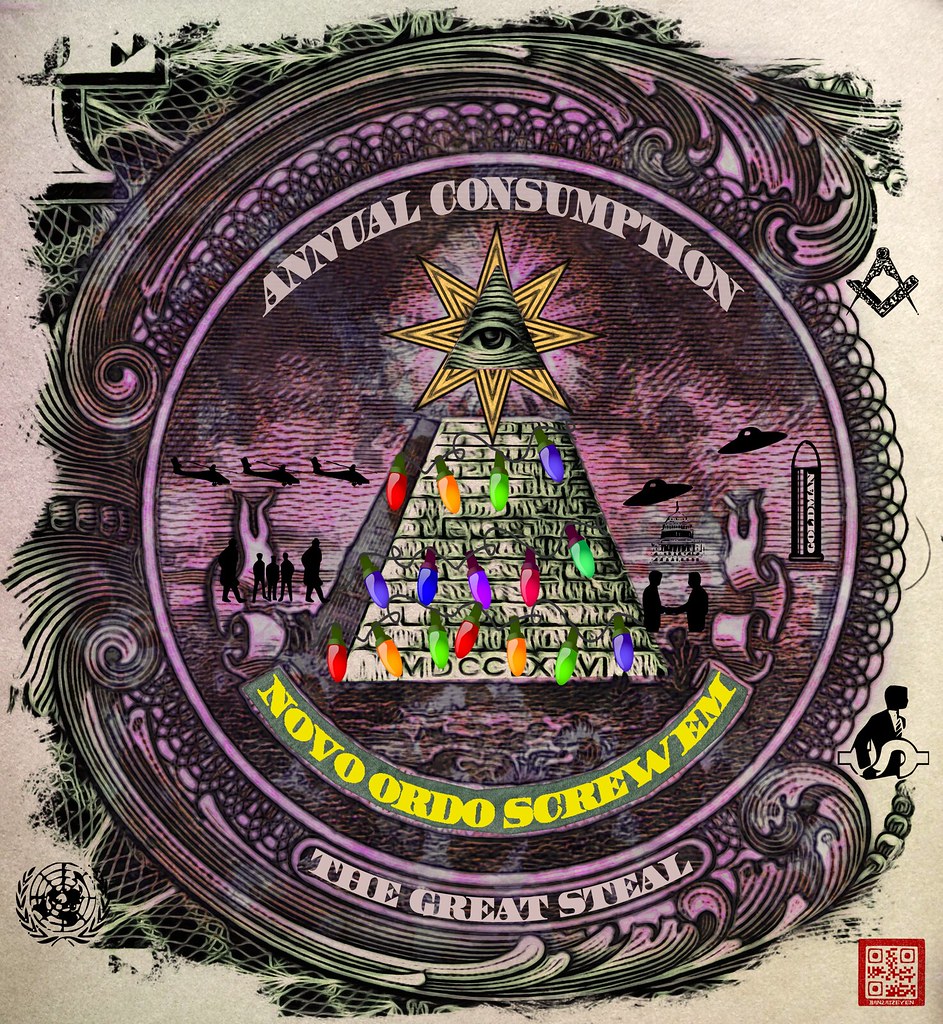The "swap" of $10 billion of asset purchases for a lower employment threshold and lower-rates-for-longer forward guidance knne-jerked stocks dramatically higher (for now). But while that was occurring, the Wall Street Journal's Hon Hilsenrath was busy preparing 712 words in a record-setting 3-minutes to explain how the Fed remains data-dependent… and will remain dovish for longer than previously thought.
The Federal Reserve said it would reduce its signature bond-buying program to $75 billion per month, taking a step away from a policy meant to recharge economic growth, and said that it will continue in "further measured steps at future meetings" if the economy stays on course.
After months of intense discussion at the Fed and in financial markets, the Fed's policy-making committee announced Wednesday it would trim its purchases of long-term Treasury bonds to $40 billion per month, a reduction of $5 billion, and cut its purchases of mortgage-backed securities to $35 billion per month, a reduction of $5 billion.
"In light of the cumulative progress toward maximum employment and the improvement in the outlook for labor market conditions, the Committee decided to modestly reduce the pace of its asset purchases," the Fed said in its formal policy statement.
The Fed also sought to enhance its commitment to keep short-term interest rates low for a long time after the bond-buying program ends. Fed officials inserted new language in the policy statement that stressed they will be in no rush to raise rates once unemployment reaches the 6.5% threshold the central bank has set out as the point at which they would start considering raising rates, as long as inflation remains in check.
The Fed said that "it likely will be appropriate to maintain the current target range for the federal funds rate well past the time" that the jobless rate dips below the 6.5% threshold, "especially if projected inflation continues to run below the Committee's 2 percent longer-run goal."
Short-term rates have been pinned near zero since late 2008. Most Fed officials expect to keep interest rates low well into the future. In their latest economic projections, also out Wednesday, 12 of 17 Fed officials said they expected the central bank's benchmark interest rate, which is called the fed funds rate, to be at or below 1% by the end of 2015. Ten of 17 officials expected the rate to be at or below 2% by the end of 2016.
The Fed acknowledged concerns that inflation continues to run stubbornly below the central bank's 2% target, saying that it is "monitoring inflation developments carefully for evidence that inflation will move back toward its objective over the medium term." The Fed's preferred inflation gauge, the price index for personal consumption expenditures, increased just 0.7% in October from a year prior, according to a Commerce Department data release earlier this month.
Officials by and large stuck with their economic forecasts for 2014, making only slight adjustments to projections of growth, unemployment and inflation that they made in September. In the statement, officials said that risks to the economy and jobs market have become "more nearly balanced."
![]()
via Zero Hedge http://feedproxy.google.com/~r/zerohedge/feed/~3/Mlmkdc6wRB4/story01.htm Tyler Durden















